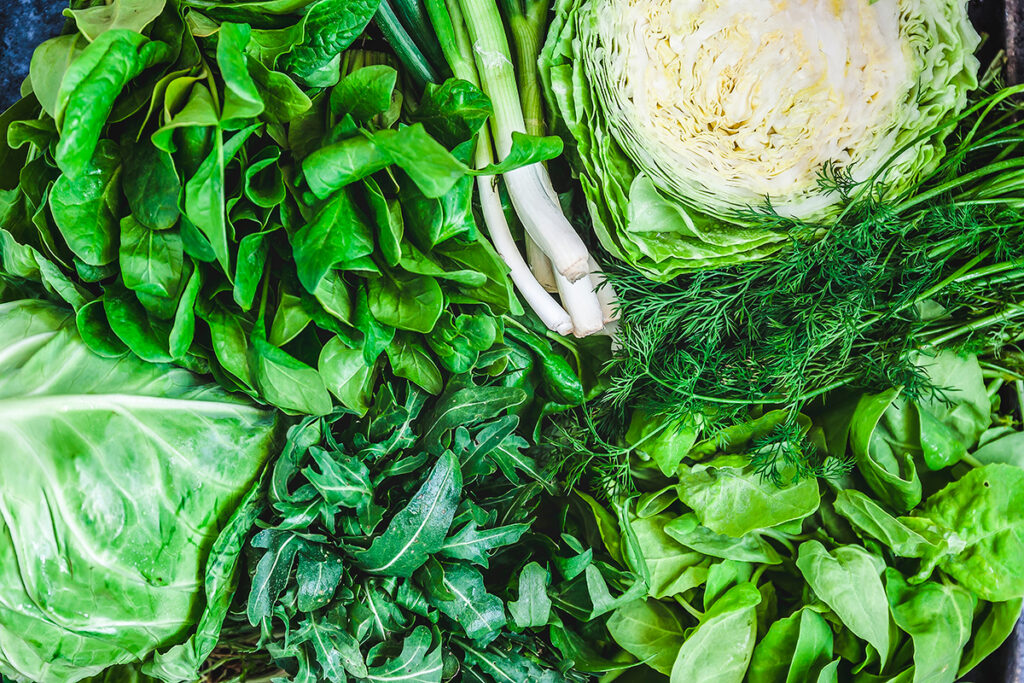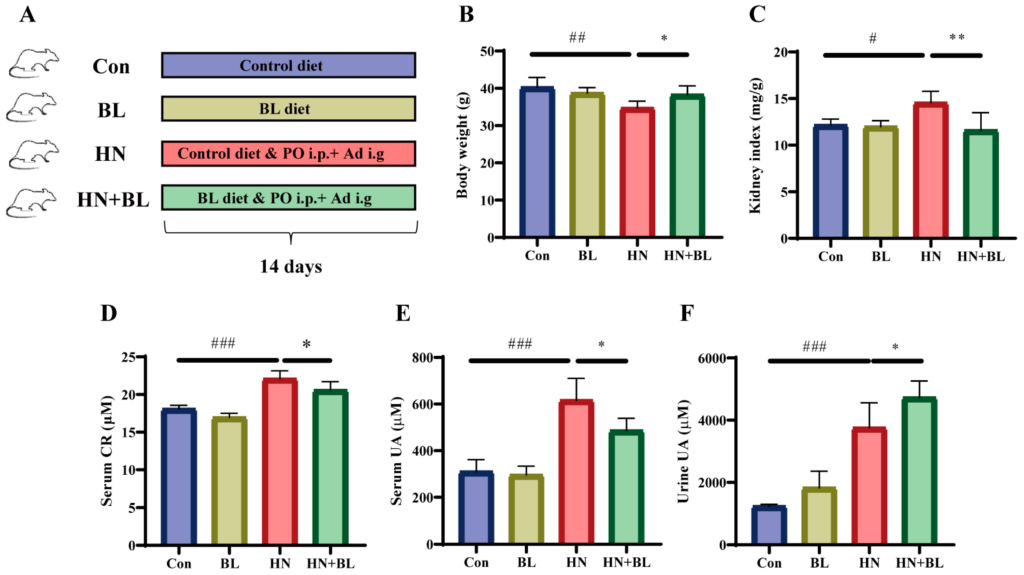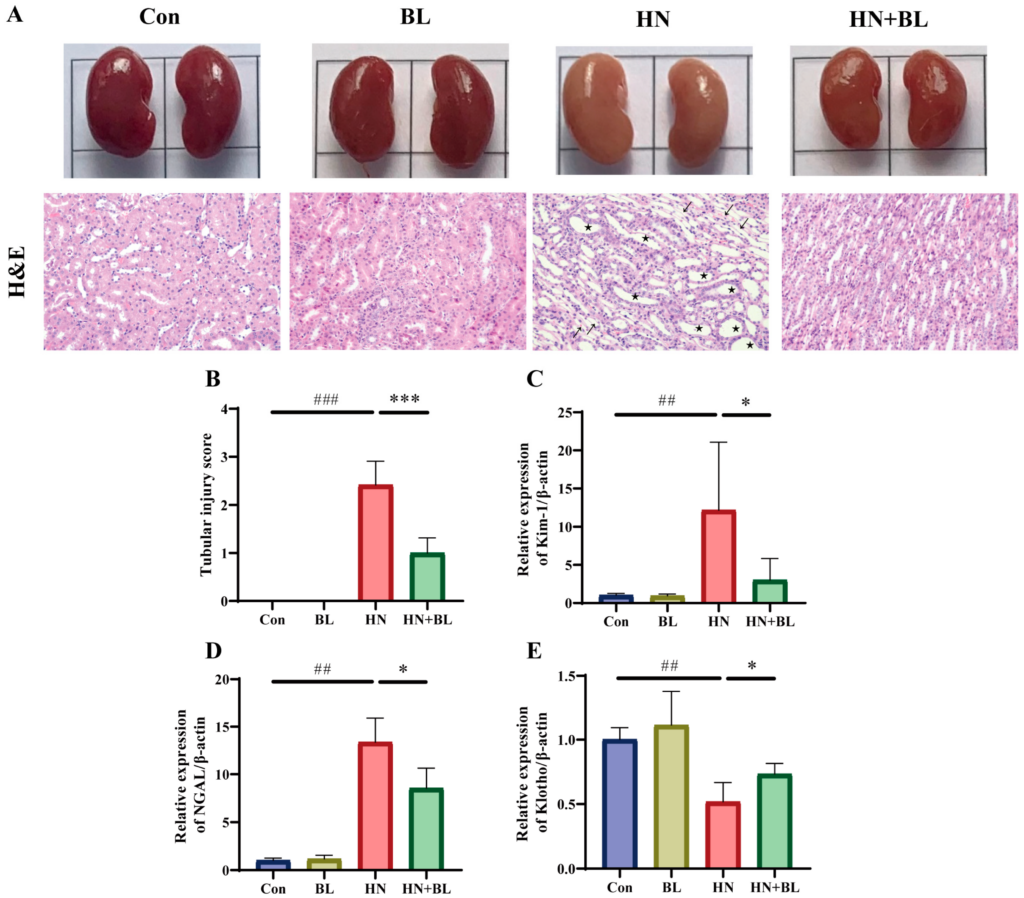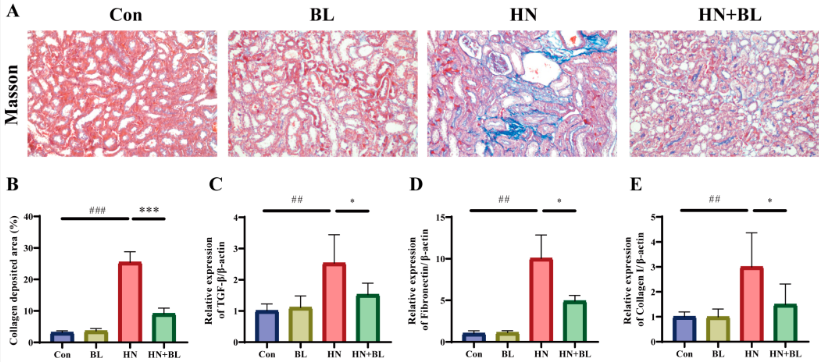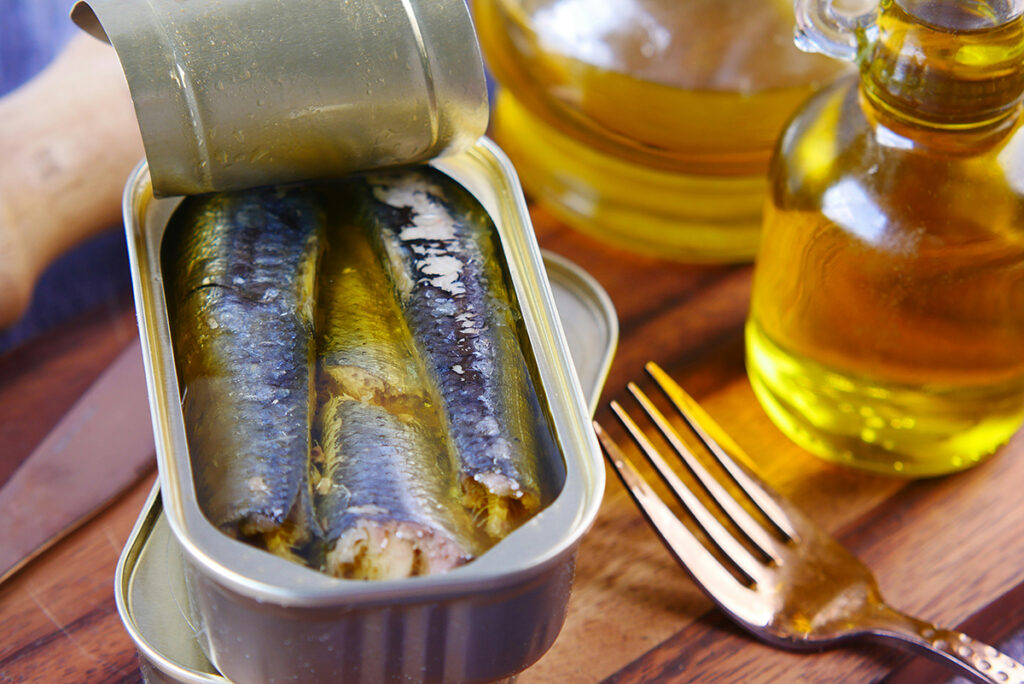Hyperuricemia is a metabolic disorder with abnormally high uric acid levels in the blood serum. If uric acid is elevated, it can form urate crystals and deposit in the joints, causing gout or impairing kidney function, causing gouty nephropathy.
In gouty nephropathy, uric acid salts are deposited in the kidney tissue, causing oxidative stress and inflammation, leading to renal fibrosis and decreased renal function. Reducing the level of uric acid helps prevent the development of renal failure in gouty nephropathy.
How to Lower Blood Uric Acid with Diet
Uric acid is the end product of purine metabolism. Uric acid is produced in the liver, and the kidneys and intestines remove uric acid from the body. The kidneys account for 75%, and the intestines for the remaining 25%.
In 90% of patients with hyperuricemia, uric acid excretion is impaired, which depends on proteins:
- URAT1 and GLUT9 – responsible for the reabsorption of uric acid from the primary urine into the blood;
- ABCG2 and OAT1 / 3 – are responsible for the excretion of uric acid.
Probenecid and benzbromarone are drugs that inhibit the reabsorption of uric acid in the renal tubules. Promote the excretion of uric acid by acting on URAT1. However, these drugs pose a risk of liver damage.
The level of uric acid in the blood depends on the diet. Therefore, by changing the usual diet, gout and gouty nephropathy can be prevented:
- Increase the level of uric acid: alcohol, abundant consumption of meat and seafood, and legumes.
- Reduce uric acid levels: probiotics and foods rich in dietary fiber.
To learn more about the relationship between diet and gout risk, see Gout and Dietary Habits.
Dietary fiber is found in grains, vegetables, and soybeans. Digestive enzymes cannot completely break down dietary fiber; intestinal microorganisms of microbiota process them. Dietary fiber can alter the composition of the gut microbiota, which affects the production of short-chain fatty acids (SCFAs): acetic, propionic, and butyric. Read more about SCFA in the article “Intestinal microbiota as a health regulator.”
The gut microbiota composition differs between healthy individuals and patients with hyperuricemia. With hyperuricemia, the number of intestinal microorganisms producing SCFA is reduced. Probiotics or prebiotics reduce hyperuricemia by affecting the microbiota and increasing SCFA levels.
Barley Leaf Drink is A Kidney-Protecting Prebiotic
Barley leaf powder is a popular drink in Japan and China. When barley grows up to 20-30 cm, its leaves are harvested, crushed, and dried. The powder is diluted in water, milk, or juice to prepare a drink.
Barley leaf is rich in dietary fiber, which improves immunity, and helps to normalize blood pressure and blood glucose levels. In addition, barley leaf powder alters the composition of the intestinal microbiota, promotes the production of SCFAs, and reduces uric acid levels in patients with hyperuricemia.
Chinese scientists investigated whether a barley leaf drink could protect against gouty nephropathy and studied the role of SCFAs in uric acid metabolism.
The first part of the study was carried out on 4 groups of mice:
- control group – healthy mice;
- healthy mice treated with barley leaf;
- mice with gouty nephropathy;
- mice with gouty nephropathy treated with barley leaf.
In the second part of the study, mice with hyperuricemia received SCFA salts: acetate, propionate, and sodium butyrate.
Barley leaf reduces serum creatinine and uric acid
Gouty nephropathy caused weight loss and increased renal index, where renal index = kidney weight (mg) / body weight (g).
In addition, serum creatinine (CR) and serum and urine uric acid (UA) levels were significantly increased in gouty nephropathy.
After administration of barley leaf, body weight and the renal index returned to normal, and serum CR and UA levels markedly decreased. At the same time, the excretion of UA in the urine increased. Healthy mice were not significantly affected by barley leaf administration.
Figure 1. Effect of barley leaf on physiological and biochemical parameters in mice with gouty nephropathy.
Image source: https://www.mdpi.com/2304-8158/11/21/3482/htm
Barley leaf reduces kidney damage in gouty nephropathy
The kidneys of mice with gouty nephropathy were swollen, with edema of tubular epithelial cells, dilatation of the renal tubules, and infiltration with inflammatory cells.
After the introduction of the barley leaf, the edema went away, and the kidney damage decreased. In addition, levels of markers of kidney damage, Kim-1, and lipocalin-2 (NGAL) decreased. Also, the introduction of barley leaf markedly increased the level of Klotho protein, which fell with kidney damage.
Figure 2. Effect of barley leaf on kidney histopathology in mice with gouty nephropathy.
Image source: https://www.mdpi.com/2304-8158/11/21/3482/htm
Barley leaf reduces renal fibrosis in gouty nephropathy
The blue coloration in Fig. 3 indicates collagen accumulation in the kidneys of mice with gouty nephropathy. The introduction of barley leaf reduced the accumulation of renal collagen.
In mice with gouty nephropathy, markers of the onset and progression of renal fibrosis were significantly elevated: TGF-β1, fibronectin, and collagen I. Barley leaf significantly reduced the levels of these proteins.
Figure 3. Effect of barley leaf on renal fibrosis in mice with gouty nephropathy.
Image source: https://www.mdpi.com/2304-8158/11/21/3482/htm
Barley leaf reduces renal oxidative stress in gouty nephropathy
Free radicals trigger lipid peroxidation in the body, the end product of which is malondialdehyde (MDA). An increase in free radicals causes excessive production of MDA. The MDA level is a marker of oxidative stress. Excessive lipid peroxidation depletes the antioxidant glutathione (GSH).
A key role in antioxidant defense is played by superoxide dismutase (SOD), an enzyme necessary to neutralize reactive oxygen species. A decrease in SOD activity leads to oxidative stress.
MDA levels were significantly elevated in mice with gouty nephropathy, while GSH levels and SOD activity were reduced. Barley leaf administration markedly reduced MDA levels and increased GSH levels and SOD activity, reducing renal oxidative stress.
Figure 4. Effect of barley leaf on oxidative stress in the kidneys of mice with gouty nephropathy.
Image source: https://www.mdpi.com/2304-8158/11/21/3482/htm
Barley leaf promotes the excretion of uric acid in gouty nephropathy
URAT1 and GLUT9 inhibit the excretion of uric acid. In mice with gouty nephropathy, the levels of these proteins were elevated. Barley leaf reduced the expression of URAT1 and GLUT9 and promoted the excretion of uric acid, which was evident from the increase in its level in the urine.
Figure 5. Effect of barley leaf on the expression levels of URAT1 and GLUT9 proteins in mice with gouty nephropathy.
Image source: https://www.mdpi.com/2304-8158/11/21/3482/htm
Barley leaf increases short-chain fatty acid production
In gouty nephropathy mice, acetic acid, propionic acid, butyric acid, and total SCFA levels were significantly reduced. The introduction of barley leaf significantly increased the levels of acetic, propionic, and butyric acids and the whole level of SCFA.
Figure 6. Effect of barley leaf on SCFA content in feces of mice with gouty nephropathy.
Image source: https://www.mdpi.com/2304-8158/11/21/3482/htm
Barley leaf alters gut microbiota in gouty nephropathy
Markers of kidney damage and oxidative stress correlate with gut microbiota composition. The present study also confirmed this. The microbiota of mice with gouty nephropathy differed from that of healthy mice. Although Firmicutes and Bacteroidetes dominated in both cases, their proportions differed. In mice with gouty nephropathy, the number of Bacteroides, Alloprevotella, Kneothrix, Ruminococcus, Eisenbergiella decreased, and the number of staphylococci increased.
The number of staphylococci correlates with markers of kidney damage and renal fibrosis. Therefore, staphylococci may play a role in the progression of gouty nephropathy.
The introduction of barley leaf significantly increased the abundance of Bacteroidetes and decreased the abundance of Firmicutes. Also, barley leaf significantly increased the number of Alloprevotella, Kneothrix, Ruminococcus, and Eisenbergiella and reduced the number of staphylococci.
Short-chain fatty acids help eliminate uric acid
SCFA administration reduced serum uric acid levels and suppressed URAT1 and GLUT9 activity in hyperuricemia mice. Acetic, propionic, and butyric acids dose-dependently inhibited URAT1 and GLUT9. However, inhibition of GLUT9 by SCFA is reversible – the same effect is observed with treatment with probenecid.
Conclusion
The dietary fiber found in barley leaves may protect the kidneys from damage associated with hyperuricemia. The protective properties of barley leaves can be explained by the fact that dietary fiber changes the composition of the intestinal microbiota, stimulating the production of short-chain fatty acids, which have an antioxidant effect and resist renal fibrosis. In addition, SCFAs reduce serum uric acid levels by inhibiting the activity of URAT1 and GLUT9. Therefore, barley leaf supplementation may effectively prevent hyperuricemia and gouty nephropathy.
Useful article, necessary information? Share it!
Someone will also find it useful and necessary:
